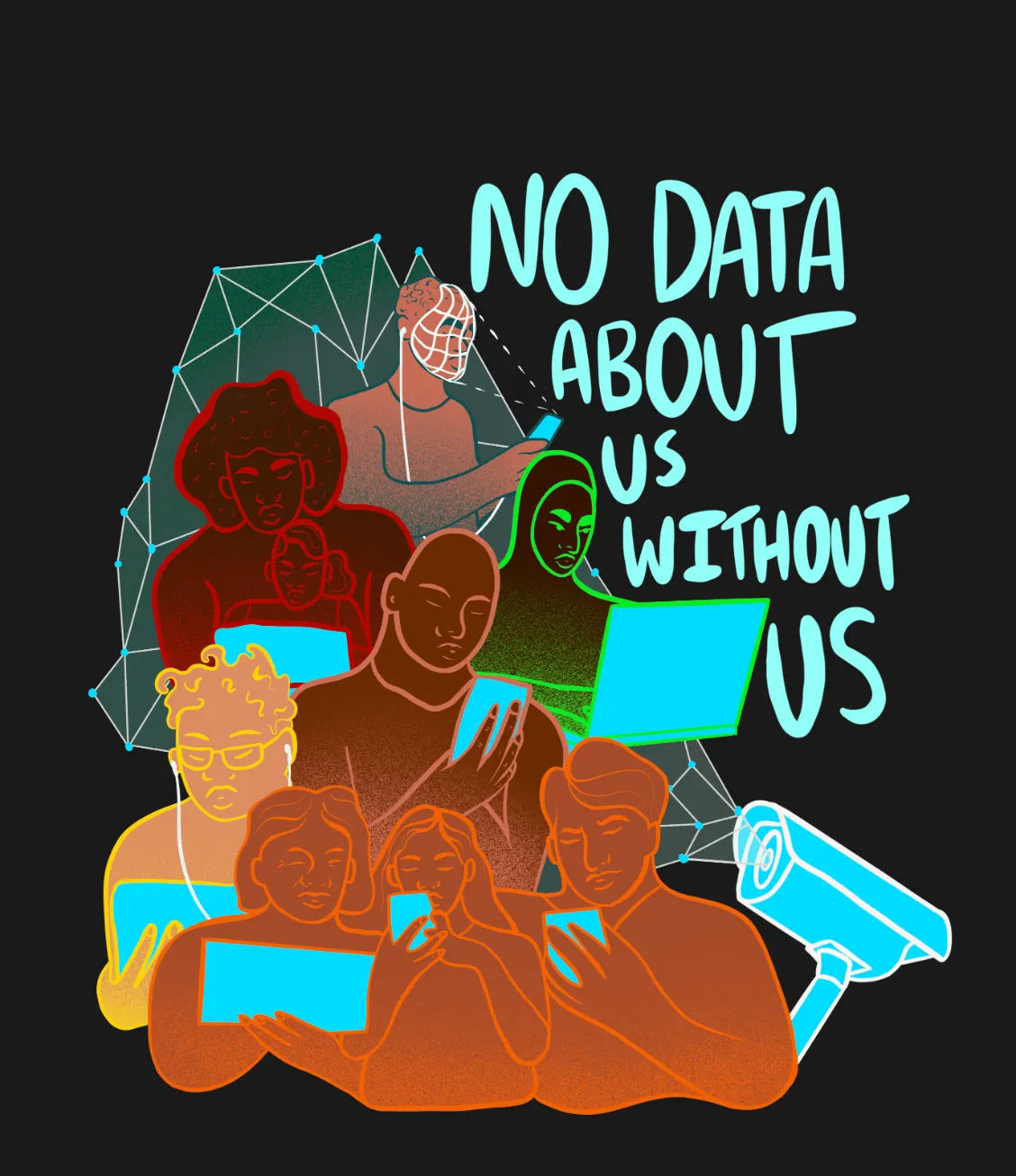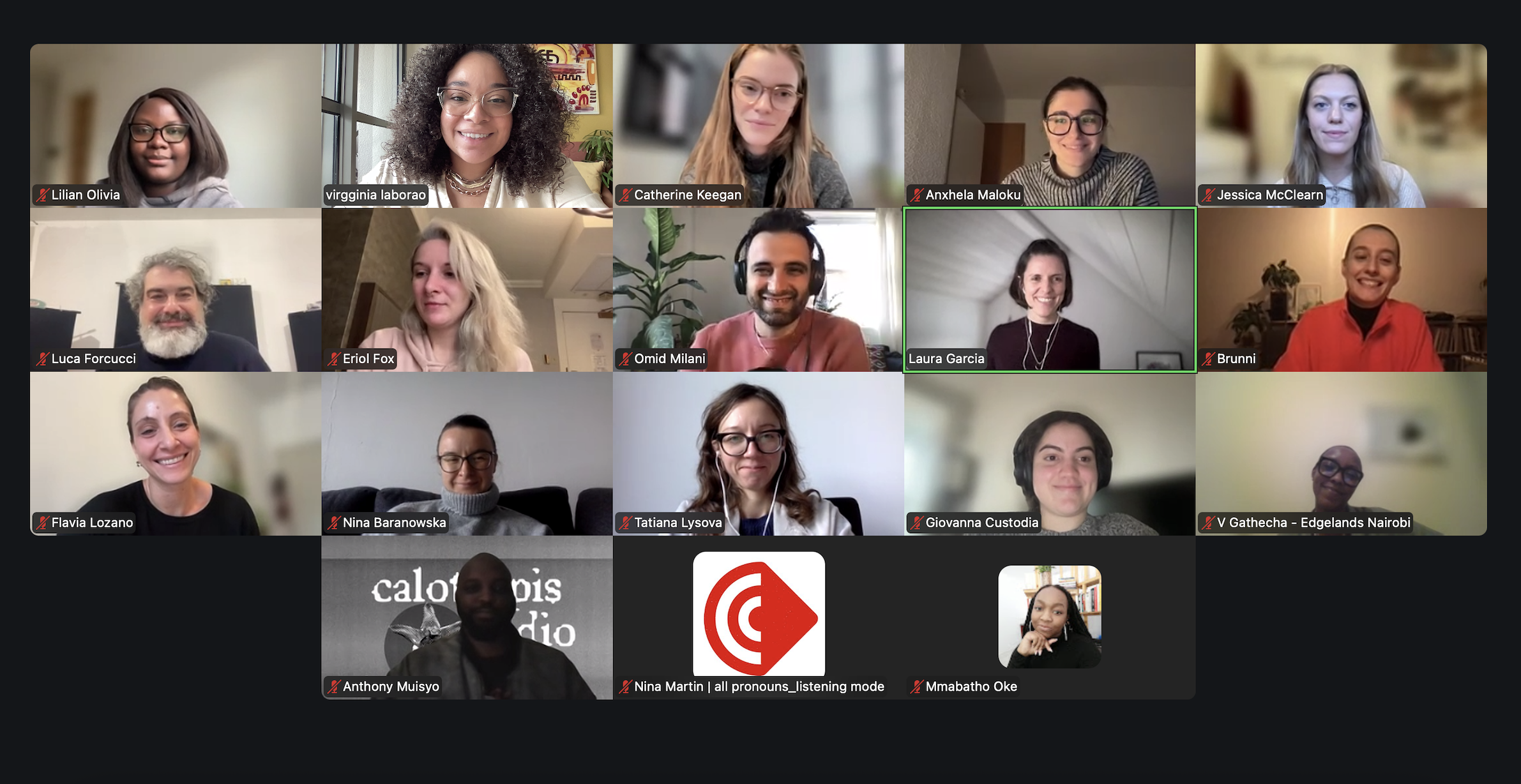La Virgen Maria is Watching You | Edgelands Medellín Symposium Wrap-up
In the bustling streets of Medellín, Colombia, an unlikely guardian watches over the city's commuters: the image of Virgen Maria scattered through many of the city's public transport.

@matguzzo
In the bustling streets of Medellín, Colombia, an unlikely guardian watches over the city's commuters: the image of Virgen Maria scattered through many of the city's public transport. Amidst a backdrop of high-tech surveillance cameras, some operational and others not, Medellín presents a fascinating case study on the evolving nature of urban security and the intricate dance between technology and tradition. As we delve deeper, it becomes apparent that Medellín's approach to maintaining peace is as multifaceted as the city itself, blending cutting-edge digital systems with deeply rooted, low-tech cultural mechanisms, like images of Virgen Maria, to foster a safer urban environment.
.jpeg)
The city, once notorious for gang violence, has undergone a remarkable transformation, emerging as a global reference for urban innovation and safety. However, this change isn't necessarily attributable to the widespread proliferation of digital surveillance technologies. The Virgen Maria image is a reminiscence of this coordinated effort: observing that gang leaders had respect for one thing, and one thing only - their mothers -, sociologists proposed that the Virgin Mary image could work as a reminder of that respect so that these men wouldn’t commit crimes in front of such a sacred presence. The Virgen Maria reminded them of their “cuchas”, a local word for their mothers, a testament to the city's complex social fabric, where culture and sociability can deter crime in ways technology cannot.
.jpeg)
The two-day Edgelands Institute's Medellín Symposium brought this and other insights to the fore, emphasizing the need for creating intentionally designed interdisciplinary dialogue to understand and shape the urban social contract. With the digital age ushering in complex societal challenges, the symposium served as a crucible for ideas, exploring how cities like Medellín (and others) navigate the intersection of technology, security, and collective agreements.
The discussions, enriched by diverse perspectives from researchers and practitioners, underscored a critical takeaway: the evolving narrative of urban security cannot be monolithic. Juan José Ocampo's critique of the haphazard deployment of surveillance cameras, Juliana Zuluaga's insights into the impact related to the city's digital transformation into an innovation district, and DaniloDeninotti's observations on the societal impacts of "cool" surveillance in Milan all point to a nuanced understanding of urban safety in Colombia and internationally. The dialogue extended beyond Medellín, fostering a global conversation on the balance between technological surveillance and preserving civic freedoms. Burcu Baykurt looked at the incentives of e-gov platforms to "help cities manage their own data" and how that can feed into a logic of public privatization. Finally, Dario Rodighiero shared a few methodological incursions to data visualization seeking to display the rhetoric around security and safety in news items from the New York Times.
.jpeg)
In the quest to apply theoretical concepts to life, our journey took us to the heart of Medellín's security infrastructure at the SIES-M center (Sistema Integrado de Emergencias de Seguridad de Medellín). There, behind the scenes, we engaged with David Pérez and Alejandro Londoño, critical figures in orchestrating the city's safety strategies. They unveiled the layers of technology and human insight that form the backbone of Mayor Federico Gutiérrez's new security initiatives. This firsthand exploration into Medellín's security apparatus offered a tangible glimpse into the critical role technology discourse and systems play in urban safety, yet it was the symposium's closing conversations that painted a fuller picture of the city's approach to peace.
The Medellín Symposium culminated in an enriching dialogue with La Tejeduría, an innovative project born from academic research, now a beacon of social transformation. This initiative champions the power of conversation to mend societal fractures, fostering a space where vulnerability becomes the bridge uniting diverse community segments. Listening to voices like Érika Castro, an environmental law expert advocating for marginalized communities, Deysi Flores, an artist transforming Comuna 13's youth through the arts, and Camilo Arango's insights on peacebuilding, underscored a profound truth: the essence of security transcends the binary of technology versus tradition. Facilitated by rapper and project co-founder Aka, these dialogues illuminated the intricate dance between cultural identity and urban safety.
.jpeg)
These dialogues between researchers and between cities are setting the ground for our new program: the Intercity Digital Dialogue. Surrounding the themes of digital sovereignty, A.I. and public service, transparency, and stakeholder responsibilities, we have arrived at what seems to be fundamental points of discussion: the collaboration (or non-collaboration) between public and private security players, the participation of civilians in the decision-making process regarding urban security, the feeling of safety in different environments and the importance of considering intimate factors when it comes to urban settings. Akin to the protective gaze of the Virgen Maria images scattered across Medellín public transport, true security springs from a shared sense of belonging and mutual agreement.
Learn more about the topics and papers discussed in the Medellín Symposium:
- “Hacia un nuevo modelo de priorización para la ubicación de cámaras de videovigilancia en Medellín” - Juan José
- “Percepción de seguridad y cámaras públicas de videovigilancia: los casos de los barrios Villanueva y el Poblado di Medellín” - Juan Rafael Peláez
- "Politics of smart exclusion. Video surveillance in Milan, Italy's "coolest" city” - Danilo Deninotti
- “Implicaciones de la transición de Medellín a Distrito Especial De Ciencia, Tecnología e Innovación para la digitalización de la seguridad en la ciudad” - Juliana Zuluaga
- The Edgelands Institute Art Book
- The Intercity Digital Dialogue program



